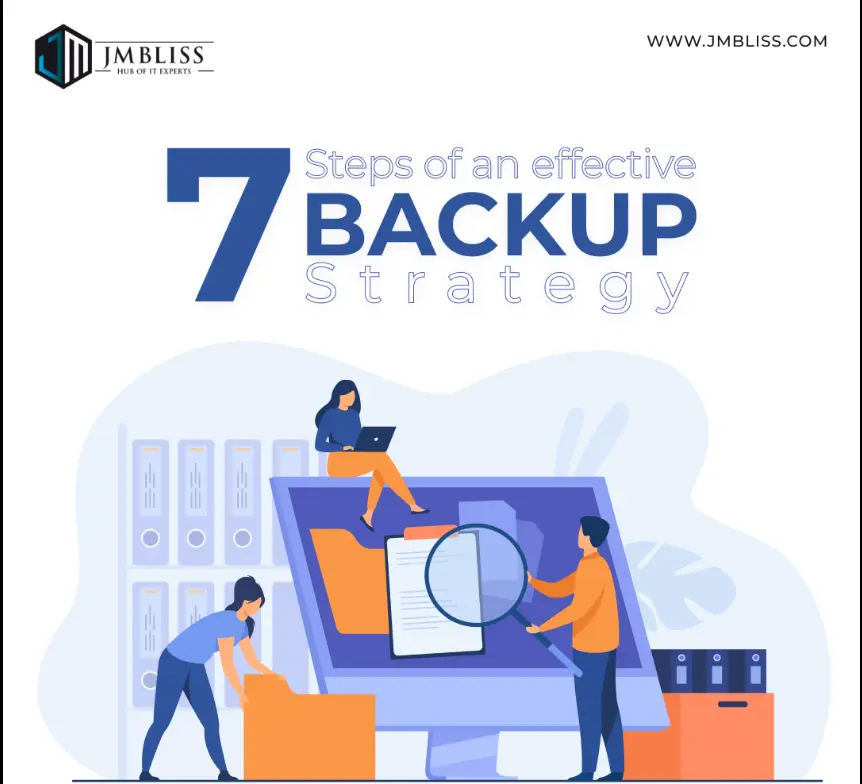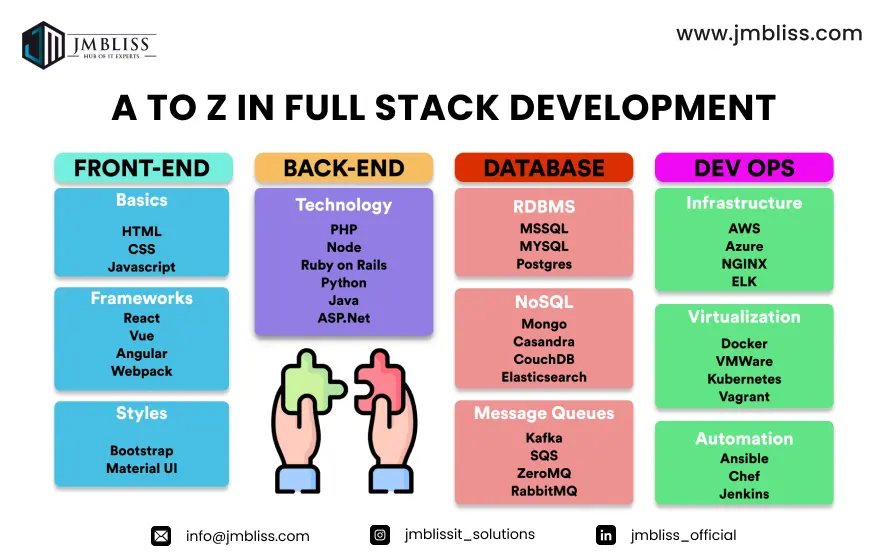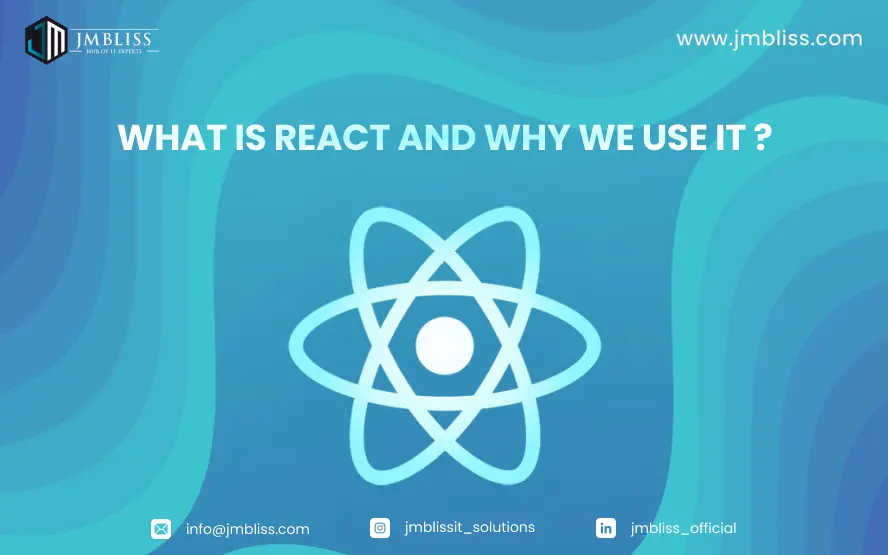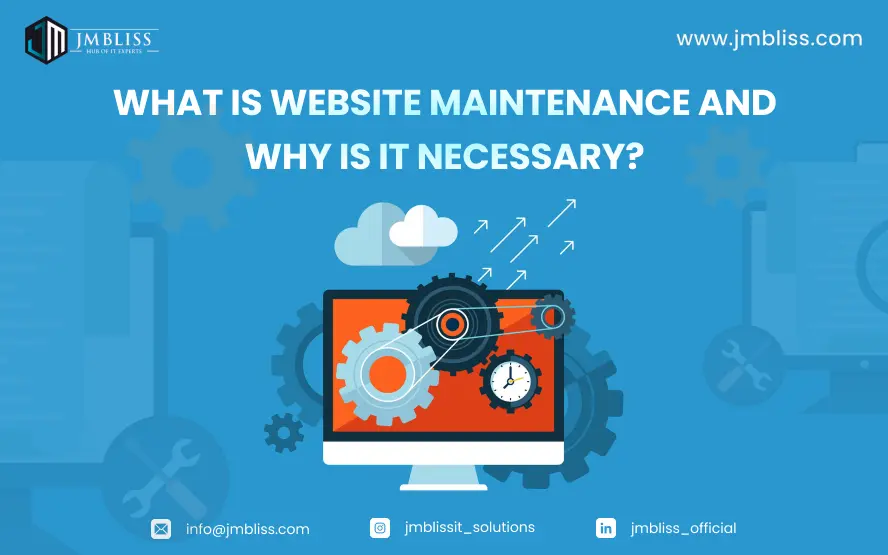
- Continue to follow the 3-2-1 backup rate
The basic concept of the 3-2-1 backup strategy is that three copies are made of the data to be protected, the copies are stored on two different types of storage media and one copy of the data is sent off site.
- Don’t Use Backup for Data retention
A Backup Retention Policy determines the retention time of data, archival rules, data formats and the permissible means of storage, access and encryption, while weighing legal and privacy concerns against economics and ‘need to know’ concerns.
- Automate disaster recovery Runbooks
Disaster Recovery Runbooks are a collection of Recovery Groups that are combined into a single entity to simplify management of your DR environment when testing failover, or in the case of a disaster, performing a live failover of your environment , using a Runbook provides all the information you need in a single place, so that you can easily troubleshoot an issue, or quickly locate and resolve a point of failure.
- Protect Endpoints and SaaS Applications
SaaS data protection offers organizations tools to manage and safeguard critical SaaS apps, endpoints, and hybrid cloud environments from data loss threats such as corruption, accidental deletion, and malicious attack.
- Use cloud Backup with Intelligence
The act of recovering data from a cloud backup to a computer or other computing device is referred to as cloud recovery. This procedure is usually initiated in the case of a hardware failure, data loss, or another calamity that results in data loss on the local device.
- Simplify Backup Strategy Creation
Building a backup strategy can initially seem daunting, but it becomes much more manageable when broken down. A good starting point is to use designated backup software because the tools included in the software will be built to make backups easier. With the right tools in your hands, a backup strategy can be created with ease.
- Increase Backup Frequency
All data sets should be protected multiple times per day. Technologies such as block level incremental (BLI) backups enable rapid backups of almost any data set in a matter of minutes because only the changed block, not even the whole file, is copied to backup storage.
 Get A Quote
Get A Quote




